The Western Australian environment minister is seeking an explanation after the energy company fell short of its five-year target
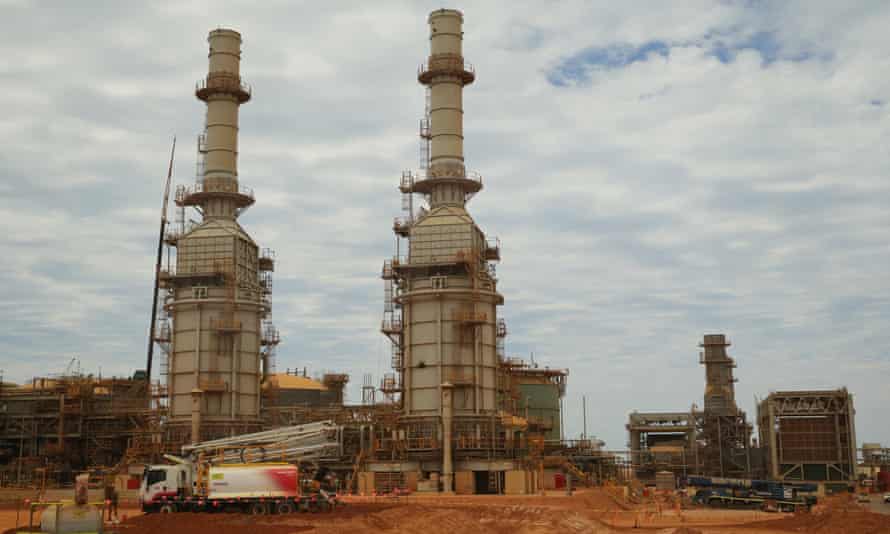
Adam Morton
Mon 19 Jul 2021
The energy giant Chevron has conceded its self-described world’s biggest carbon capture and storage (CCS) project has failed to meet a five-year target for burying carbon dioxide under an island off Western Australia.
Climate campaigners believe the company should be heavily fined after it acknowledged on Monday that it had not met a requirement to capture and inject underground at least 80% of emissions from a gas reservoir over the first five years of the Gorgon liquefied natural gas (LNG) development
The Western Australian environment minister, Amber-Jade Sanderson, said through a spokesperson that she had called Chevron in for a meeting “to seek an explanation of how the company intends to address the issue”.
An analysis last year suggested Chevron could face a bill of more than A$100m if required to offset all emissions that breached its approval requirements.
Chevron Australia, which operates the Gorgon facility on behalf of partners including Shell and ExxonMobil, issued a statement saying it was “poised to reach a significant milestone” of injecting 5m tonnes of greenhouse gas more than 2km beneath Barrow Island since sequestration belatedly began in August 2019.
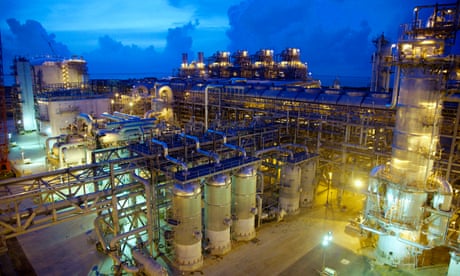
Gas and coal companies among recipients of $50m in Coalition grants from carbon capture fund
The company’s Australian boss Mark Hatfield said this showed the company was “deploying technology, innovation and skills to deliver cleaner energy and reduce our carbon footprint”.
“The road hasn’t always been smooth, but the challenges we’ve faced and overcome make it easier for those who aspire to reduce their emissions through CCS,” he said.
Hatfield said the company would work with the WA regulator on how to “make up the shortfall”, which he did not quantify. Chevron Australia would release a report on the issue later this year, he said.
Ian Porter, a former oil and gas industry executive who is chair of the advocacy group Sustainable Energy Now WA, said the report was likely to find the project had captured only 30% of what it was supposed to.
He said the report would be a “major test case for CCS technology”, which the Morrison government is backing as one of five priorities under what it calls a “technology, not taxes” approach to emissions reduction.
“It’s a shocking failure of one of the world’s largest engineering projects,” Porter said.
“Chevron needs to face significant fines and be forced to offset the more than six million tonnes of unauthorised legacy carbon dioxide releases.
“I sincerely hope CCS does work one day. Ultimately, we need it. But until that time, it is reckless and disingenuous for the industry to keep pretending that it can expand operations and reach net zero.”

Western Australia LNG plant faces calls to shut down until faulty carbon capture system is fixed
Angus Taylor, the federal energy and emissions reduction minister, last year referred to Gorgon as an example of CCS “already working”, describing it as “the biggest project in the world”.
The $3bn development, which received $60m in federal funding, has had a troubled history. It was initially delayed for more than three years due to technical setbacks and the CCS system stopped working properly earlier this year following a problem with a pressure management system.
Under its terms of approval, the development was expected to capture and bury about 4m tonnes a year to meet a target of sequestering 80% of reservoir gas across a rolling five year period.
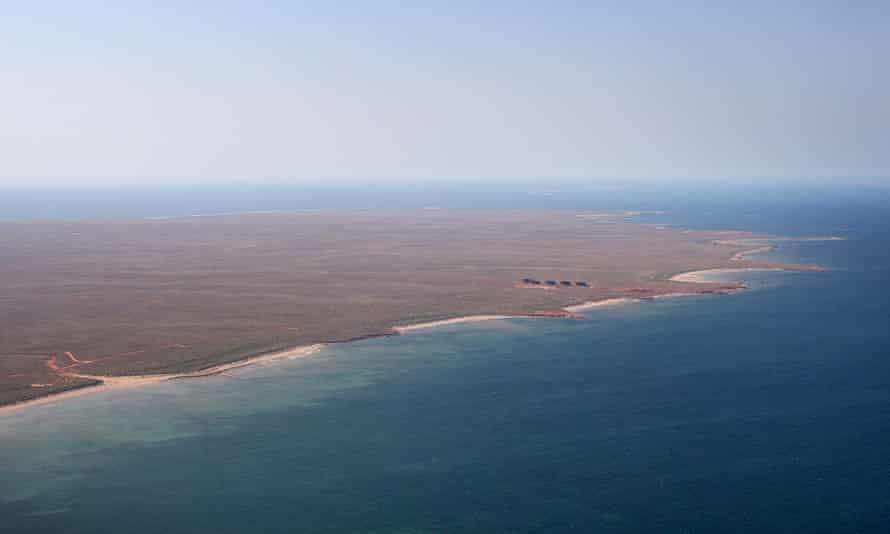
The company was not required to capture emissions released during LNG processing. It means a fully successful CCS facility would reduce total emissions from Gorgon by only about 40%.
Despite Chevron missing its target, the oil and gas industry lobby group said the company’s announcement showed the industry was “continuing to walk the walk when it comes to reducing emissions”.
Andrew McConville, the chief executive of the Australian Petroleum Production and Exploration Association, said: “Chevron’s announcement is on top of all the work our industry is already doing to combat climate change.”
New LNG developments have led to a significant increase in national industrial emissions over the past decade. They have limited the benefits of reduced carbon pollution from Australia’s electricity generation thanks to more solar and wind energy.
Official data shows the Gorgon facility has twice breached its initial emissions limit under the safeguard mechanism, a federal government policy that was promised to cap industrial carbon pollution but has allowed continued increases.
When the scheme started in 2016-17, Gorgon’s annual emissions limit – known as a baseline – was 8.34m tonnes of CO2.
It released 9.02m tonnes in 2017-18 and 8.97m tonnes in 2018-19, the most recent year for which data is available. Rather than be penalised for the breaches, it was allowed to set a new baseline calculated across a three-year period.
Separate official data from the Clean Energy Regulator shows Chevron was responsible for more than 10.2m tonnes of CO2 in 2019-20, making it Australia’s eighth-biggest emitter.

Chevron’s Carbon Capture Struggle Shows Big Oil’s Climate Hurdle
By Stephen Stapczynski (Bloomberg) —
The world’s biggest project to capture and store carbon dioxide isn’t working like it should, highlighting the challenges oil companies face in tackling their greenhouse gas emissions.
Chevron Corp.’s system at the $54 billion Gorgon liquefied natural gas export plant in Australia missed a local government target to inject captured carbon dioxide underground, the San Ramon, California-based company said Monday. That’s a setback for energy companies globally that have staked their net-zero futures on the technology, which has shown limited success to date.
While Chevron has sequestered almost 5 million tons of carbon dioxide since the capture project began in August 2019, that’s fallen short of a target to capture an average 80% of emissions in the first five years of the LNG facility’s operation.
“Chevron is working with the Western Australia regulator on making up the shortfall,” the company’s Australia Managing Director Mark Hatfield said in a statement.
The company has buried only 30% of about 15 million tons of CO2 generated since Gorgon began producing gas in March 2016, oil industry publication Boiling Cold reported Friday.
Oil and natural gas producers are counting on carbon capture, or CCS, to succeed as they come under greater scrutiny from investors and governments to lower emissions. To limit global warming, about 10,000 large CCS facilities need to be built over the next five decades, according to Royal Dutch Shell Plc. There were fewer than 50 in operation last year.
Shell and ExxonMobil Corp. each hold 25% of Gorgon LNG, while Chevron has just over 47%.
Gorgon’s multibillion-dollar CCS project has been beset with technical issues, including problems with its pressure management system, according to Boiling Cold.
Instead of venting the CO2 into the atmosphere, which is the industry norm, Chevron’s plant is designed to manage pollution that’s produced from the offshore fields that feed the LNG facility. As the gas is sent to be liquefied for export, the CO2 is pumped into a reservoir more than 2 kilometers (1.2 miles) underground.
Western Australia’s government insisted on the CCS facility as a condition for approving Gorgon, which is expected to run for four decades. The state’s regulator has requested details on why Chevron missed its target, and Western Australia’s Environment Minister Amber-Jade Sanderson is seeking a meeting with the company.
“Gorgon’s failure poses a major problem for any oil and gas company betting on CCS to meet net zero,” said Ian Porter, the chairperson of Sustainable Energy Now, WA. “CCS simply does not work at the scale and at the price needed.”
–With assistance from James Thornhill.
© 2021 Bloomberg L.P.
Operator fails to meet requirements under Gorgon's project approvals to sequester at least 80% of CO2 emissions in first five years of operation
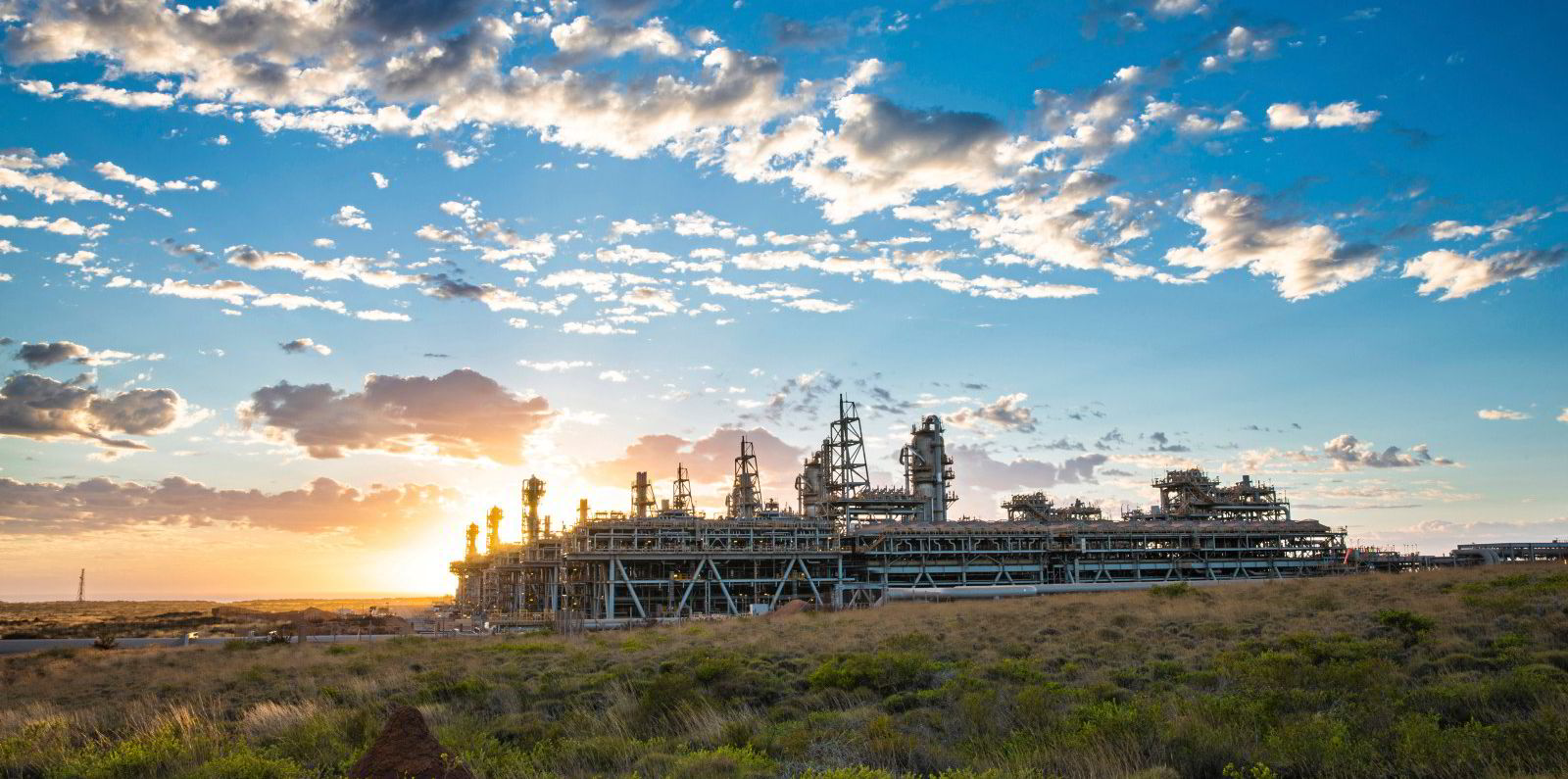
Missing CCS targets: Chevron's Gorgon LNG project in Western Australia Photo: CHEVRON
US supermajor Chevron has failed to meet its emission reduction targets at its Gorgon liquefied natural gas project in Western Australia after a troubled start to the carbon capture and storage (CCS) facility.
Chevron confirmed on Monday that it was not going to meet its promised injection rates, with the project only capturing a fraction of the carbon dioxide expected during its first five years of operation.
Under the terms of Gorgon’s project approval, Chevron is required to sequester at least 80% of the CO2 emissions released from the reservoirs that feed the Gorgon LNG plant over a five-year period.
While the first train at Gorgon came online in 2016, issues with the CCS facility did not see it start up until 2019 and continued issues have prevented the facility from operating reliably.
The facility is designed to capture 4 million tonnes per annum of CO2, however, Chevron confirmed Monday that only 5 million tonnes of CO2 had been injected since the August 2019 start-up.
'Shocking failure' for CCS
Renewable energy thinktank, Sustainable Energy Now, believes Chevron's initial five-year report will find Gorgon’s CCS facility only managed to capture 30% of the CO2 it promised.
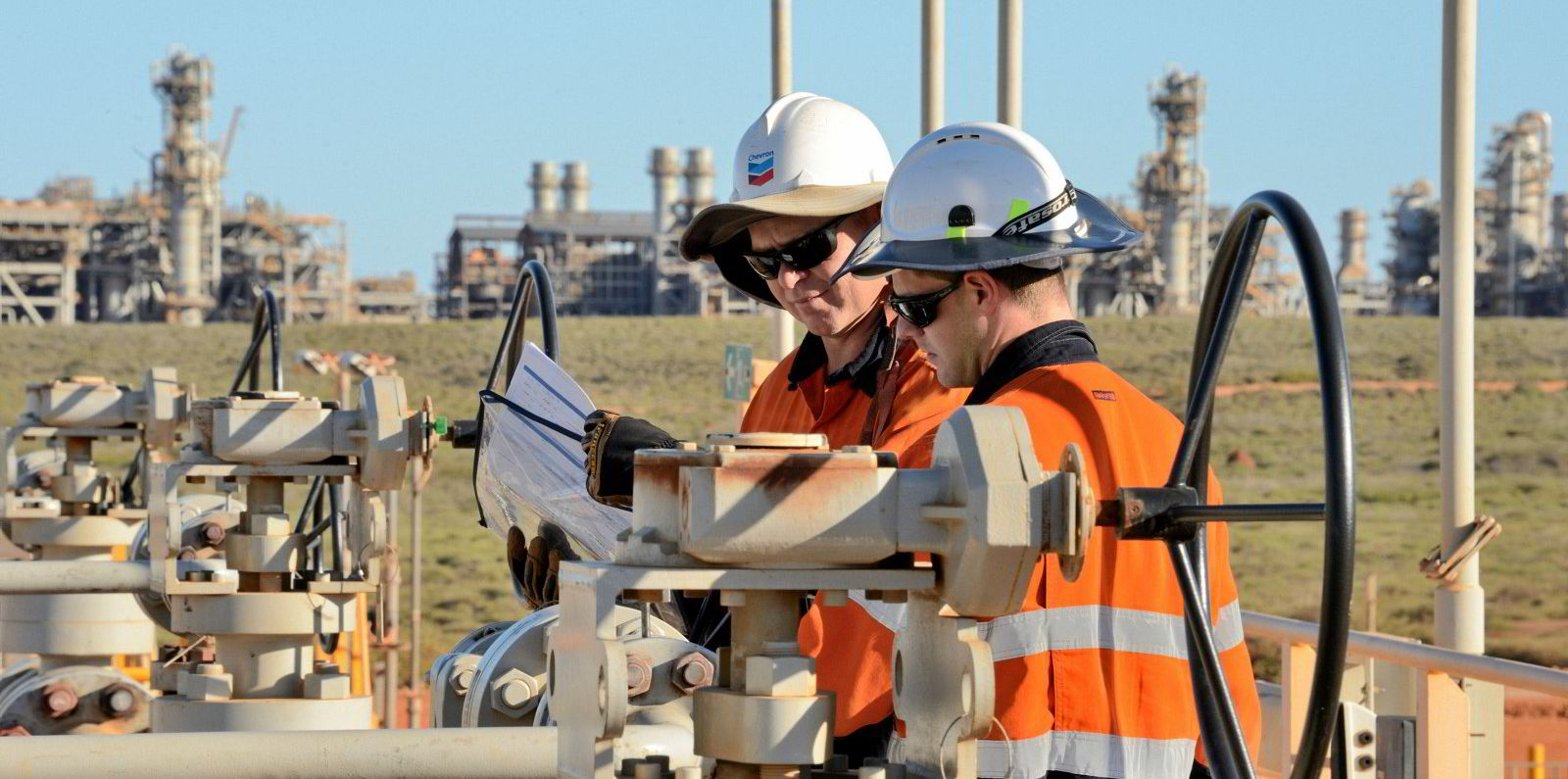
Emission increase: Chevron faces more Gorgon CCS issuesRead more
“It’s a shocking failure of one of the world’s largest engineering projects. But, given the lack of rigour and testing around the technology that was used, I cannot say it is unexpected,” chairperson of Sustainable Energy Now, WA, Ian Porter said.
“Chevron needs to face significant fines and be forced to offset the more than 6 million tonnes of unauthorised legacy carbon dioxide releases. Gorgon’s failure poses a major problem for any oil and gas company betting on CCS to meet net zero.”
Porter added that he believed oil and gas companies were being “overly optimistic” in their assumptions for the potential success of CCS in order to argue for the expansion of oil and gas extraction.
“CCS simply does not work at the scale and at the price needed to undo the damage that will be created by these projects,” he claimed.
“I sincerely hope CCS does work one day. Ultimately, we need it. But until that time, it is reckless and disingenuous for the industry to keep pretending that it can expand operations and reach net zero.”
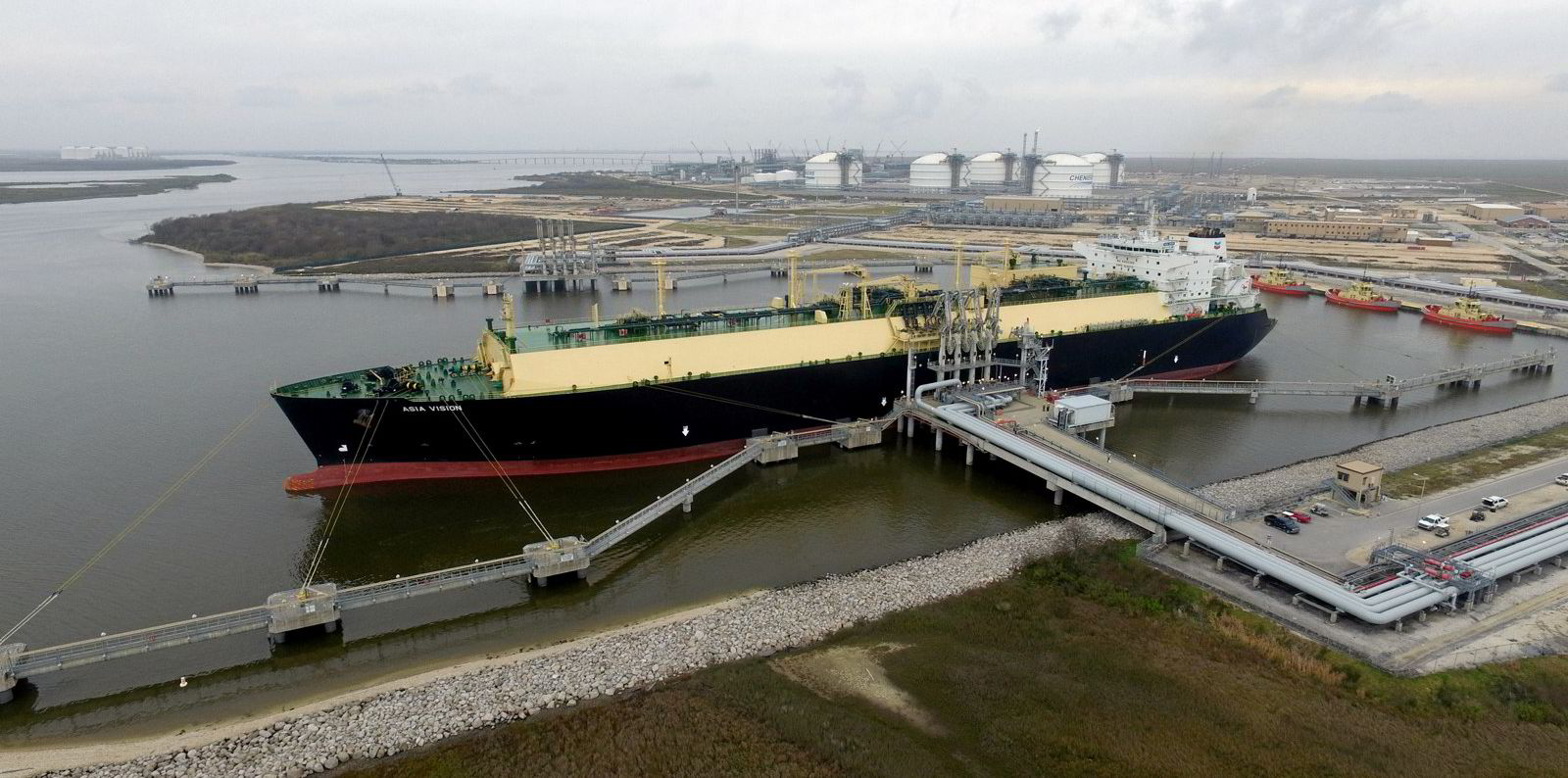
Gas producers work to earn their role in energy transitionRead more
Sharing lessons learned
Chevron Australia managing director Mark Hatfield admitted Gorgon had not met its CO2 injection requirements, adding the company was working with the West Australian regulator on making up the shortfall, with details on how the shortfall will be met to be released later this year.
“Like any pioneering endeavour, it takes time to optimise a new system to ensure it performs reliably over 40-plus years of operation. The road hasn’t always been smooth, but the challenges we’ve faced — and overcome — make it easier for those who aspire to reduce their emissions through CCS,” he added.
“We’re committed to sharing the lessons we’ve learned with state and federal governments, research institutes and other energy producers to assist the deployment of CCS in Australia.
“CCS is a proven technology which experts agree is critical to achieving a lower carbon future while ensuring access to affordable and reliable energy for billions around the world who rely on it.”
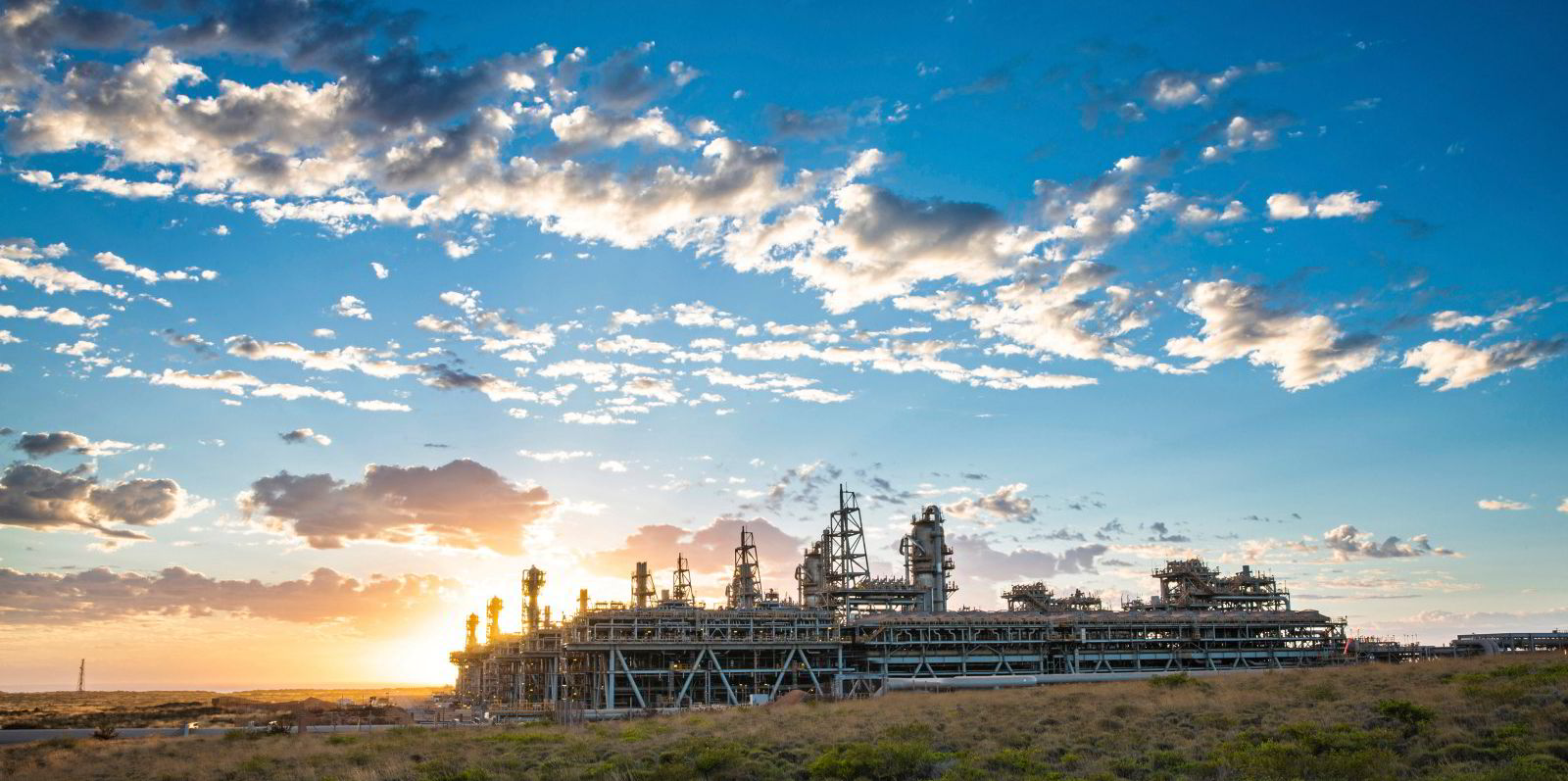
Hydrogen and CCS take centre stage in Australia's shift to net zeroRead more
While it may have fallen short of its target, Chevron claims the 5 million tonnes captured since the facility’s 2019 start-up represents the largest volume of injection achieved over the same time period by any CCS system globally, with comparable specifications.
"This significant milestone shows how we’re deploying technology, innovation and skills to deliver cleaner energy and reduce our carbon footprint,” Hafield stated.
“The Gorgon carbon capture and storage system is the biggest CCS system designed to capture carbon emissions and is demonstrating Australia’s world-leading capability in the area.”

Industry group the Australian Petroleum Production & Exploration Association (APPEA) chose not to focus on the project missing its emission reduction requirements, instead highlighting the total the project had been able to successfully sequester.
“Our industry is walking the walk when it comes to reducing emissions. Injecting 5 million tonnes of CO2e is equivalent to taking more than 1.6 million passenger vehicles off Australia’s roads for a year,” APPEA chief executive Andrew McConville stated.
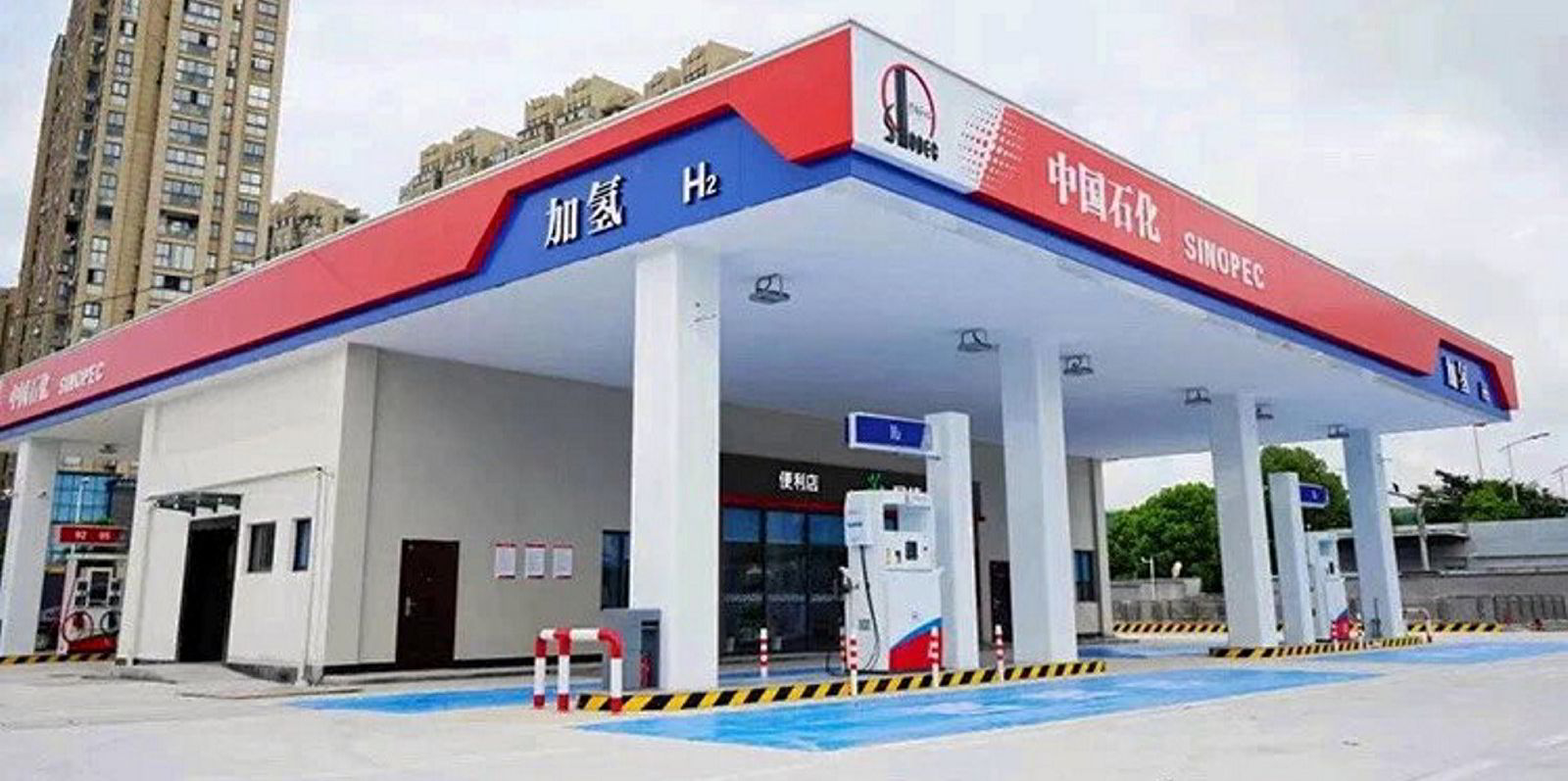
IEA report: Electricity, hydrogen and CCS to dominateRead more
“The Australian oil and gas industry is a world leader in the practical deployment of carbon capture and storage. In Australia, the oil and gas industry has been at the leading edge of researching and deploying CCS and greenhouse gas storage technologies.”
He claimed CCS would help further reduce the nation's emissions, while also providing a pathway to a large-scale clean hydrogen industry.
“CCS shows that technology can be used to further reduce Australia’s emissions and allows our industry to keep supplying electricity generation and being used for products such as clothes, computers, phones, fertilisers and vital medical equipment such as heart valves,” McConville stated.
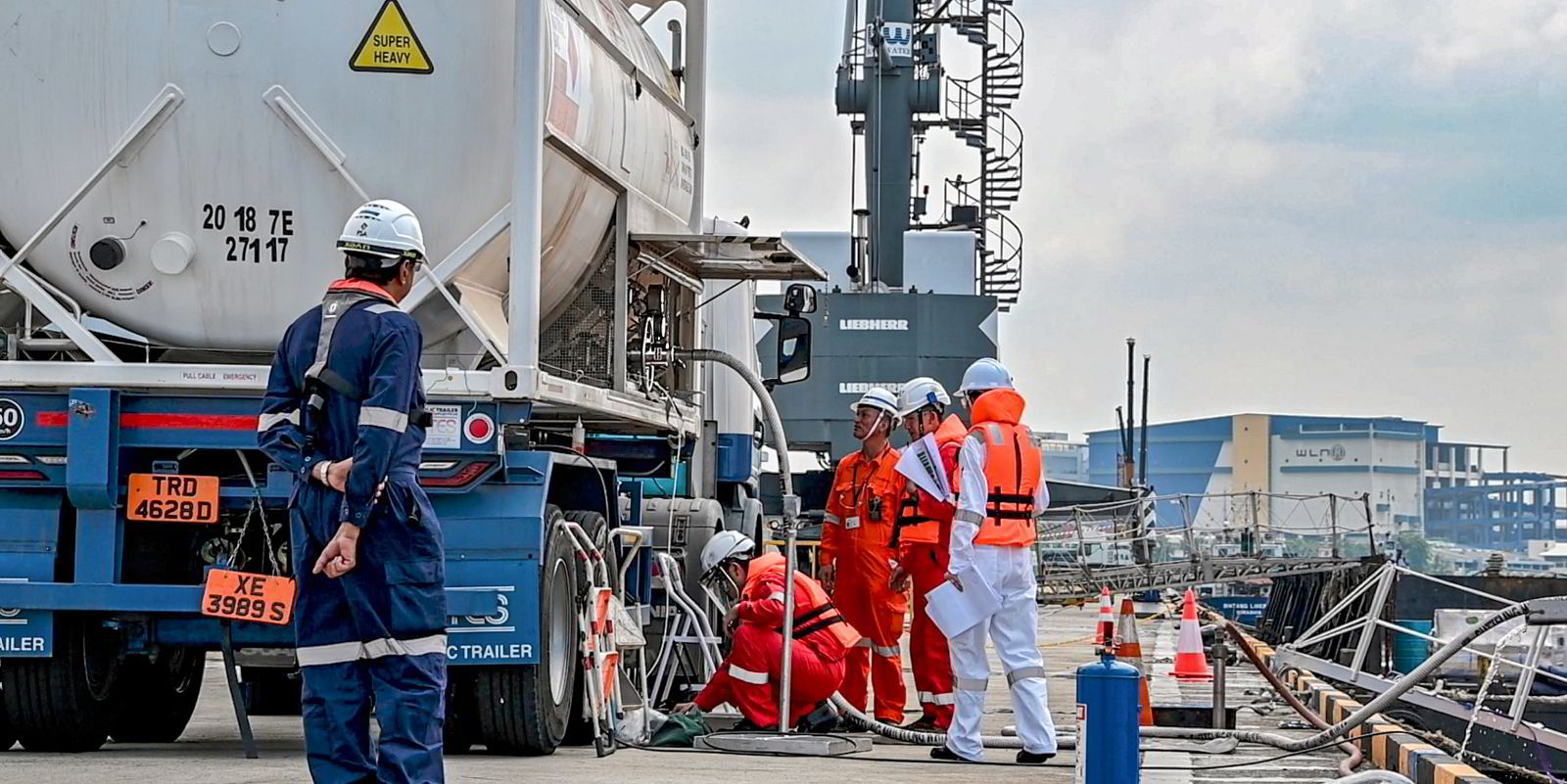
Carbon footprint of LNG to become key differentiatorRead more
The Gorgon CCS project sees CO2 separated from the gas stream before processing and liquefaction on Barrow Island, and, instead of being flared, it is then injected into the Jurassic Dupuy Formation at a depth of about 2.5 kilometres.
The project includes nine CO2 injection wells at three drill centres, two pressure management drill centres, two reservoir surveillance wells, a seven-kilometre underground pipeline from the LNG plant site to the drill centres and three CO2 compressor modules.
Chevron has previously claimed the CO2 injection system will reduce greenhouse gas emissions from the Gorgon project by about 40%, or more than 100 million tonnes over the life of the project.
Chevron operates the Gorgon project with a 47.3% interest and is partnered by ExxonMobil and Shell, each on 25%, Osaka Gas on 1.25%, Tokyo Gas on 1% and Jera on 0.417%.(Copyright)
Read more

No comments:
Post a Comment